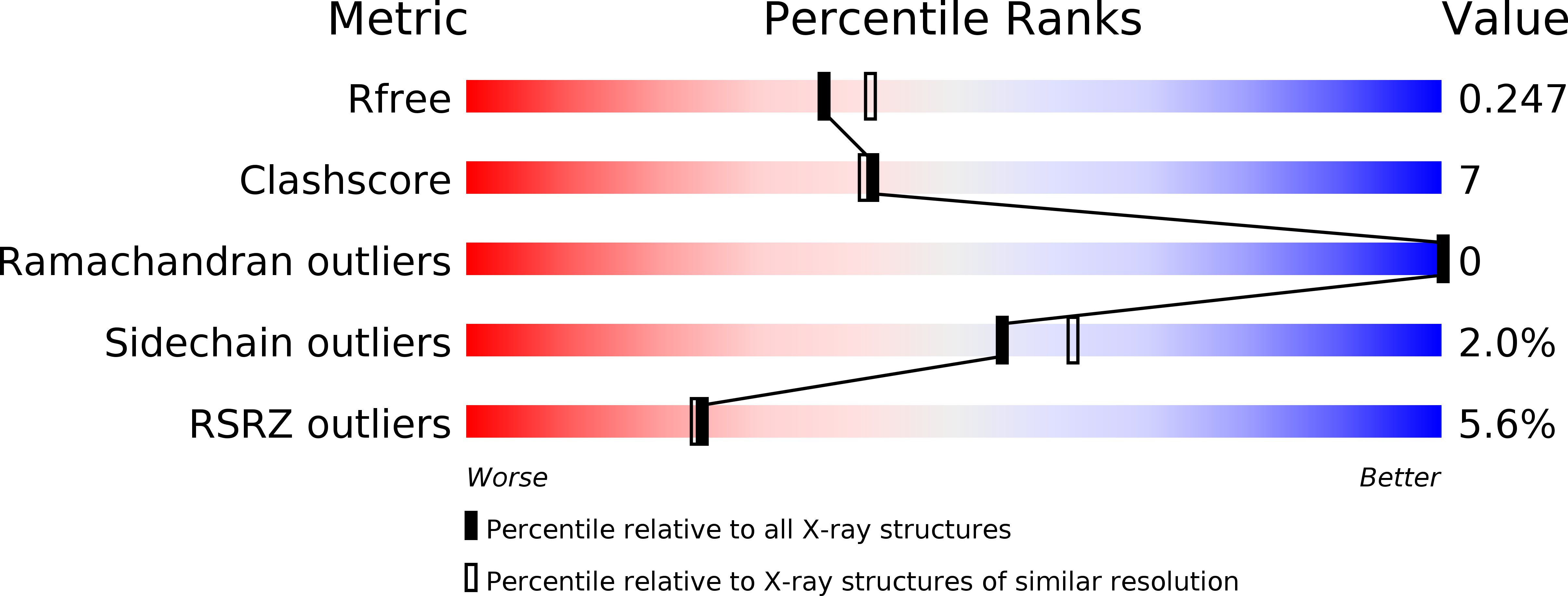
Deposition Date
2015-08-25
Release Date
2015-10-21
Last Version Date
2023-11-08
Method Details:
Experimental Method:
Resolution:
2.24 Å
R-Value Free:
0.24
R-Value Work:
0.23
R-Value Observed:
0.23
Space Group:
P 32


